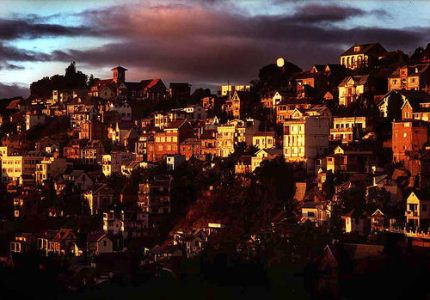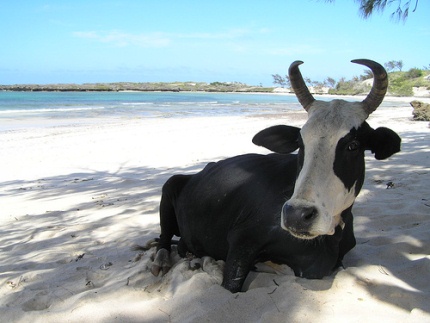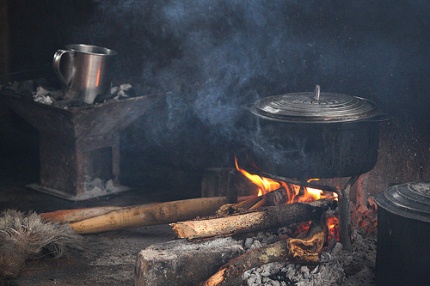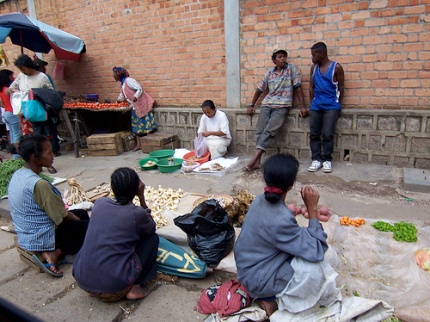Welcome to Madagascar! It’s a land with a colourful history full of pirates and rich culture; it also has one of the most diverse ecosystems in the world.
The country is located off the southeastern coast of Africa, and is geographically and ecologically different from essentially anywhere in the world. The first people to settle there were from Borneo, and the current people are primarily a mixture of Malaysian, Indonesian, Arab, African, Indian, and European ancestry. Between these groups of people, and others who have inhabited the island over the years, Madagascar has become an incredible melting pot of culture (check out more on the history of Madagascar here).
The Malagasy cuisine is created by combining both the culture and the ingredients available on the island. Rice is the primary ingredient in most dishes, and apparently the people there eat more rice than anywhere else in the world. Fruits (such as apples, coconuts, melons, citrus fruits, persimmons, guava, berries, pineapple, passion fruit, lychee, tomatoes, and avocado), vegetables (like potatoes, carrots, greens, scallions, turnips, corn, beans, yams, sweet potatoes, and cabbage), and meat (seafood, freshwater fish, beef (from the zebu), chicken, and sometimes pork) typically accompany the rice. Flavourings such as garlic, onions, curry, salt, black pepper, ginger, and sakay (spicy chili sauce) are commonly used in savoury dishes, where cocoa and vanilla (the country is famous for it!!) are crucial to both savoury and sweet dishes.
Here’s are a few typical Malagasy cuisine (have you ever tried any of them?): vary sosoa (rice porridge), laoka (an accompaniment to rice, can include a variety of ingredients like beef, fish, chicken, spices, and greens), varenga (roasted, shredded beef), lasopy (vegetable soup), mofo gasy (a bread made with rice flour – commonly eaten as a snack or with breakfast), koba akondro (peanuts, bananas, honey and corn flour steamed in banana leaves), godro-godro (coconut milk pudding), masikita (beef kebabs), sambo (like samosas), and akoho sy voanio (chicken with rice and fresh coconut).
What do you think of Malagasy cuisine? Is it something you think would be tasty, or not so much? Stay tuned, on Wednesday I’ll have a tasty recipe for you to try out.
Photo Credits: babasteve (city), belgianchocolate (zebu), babasteve (meal time), luc legay (street food).





















